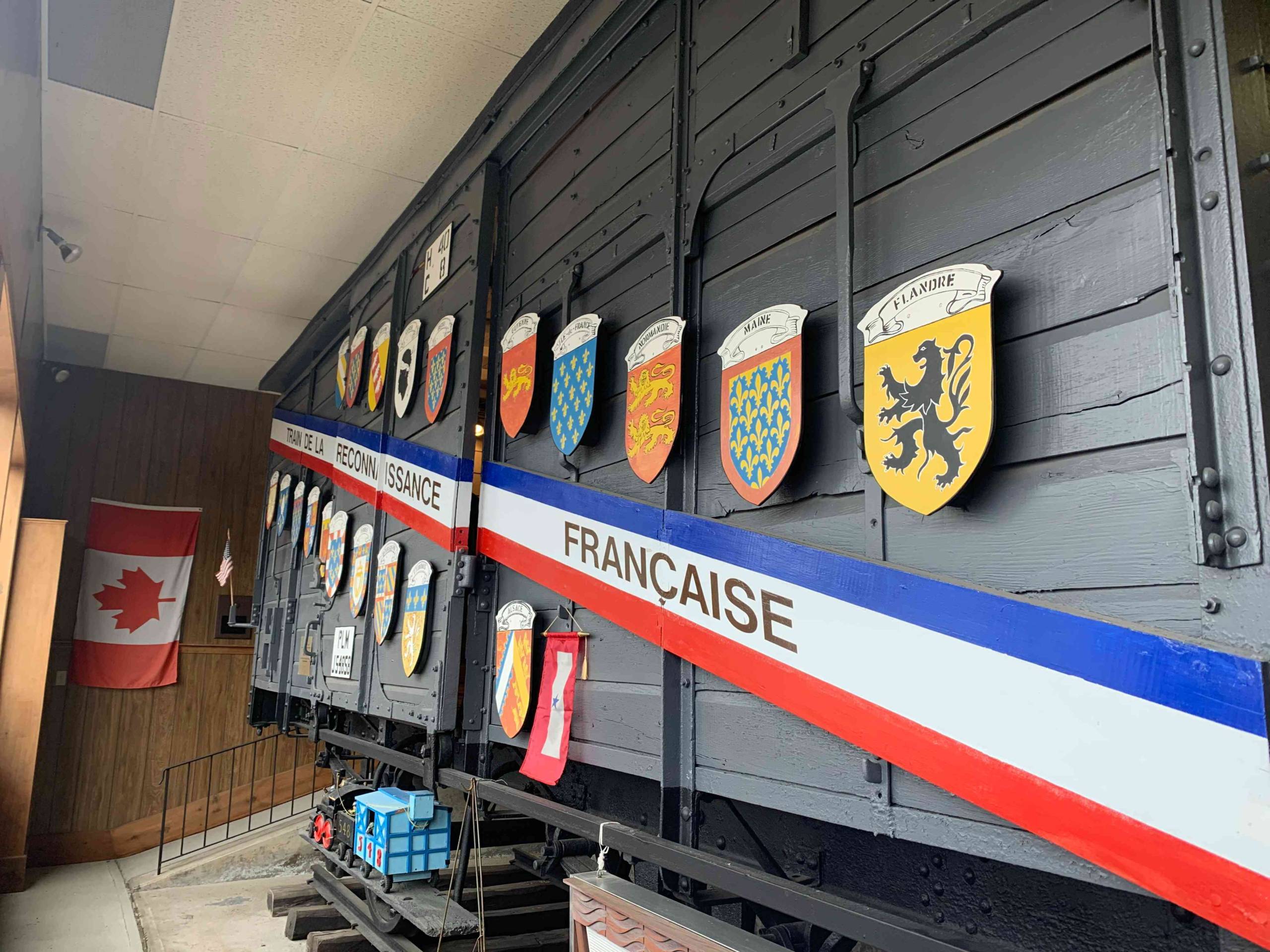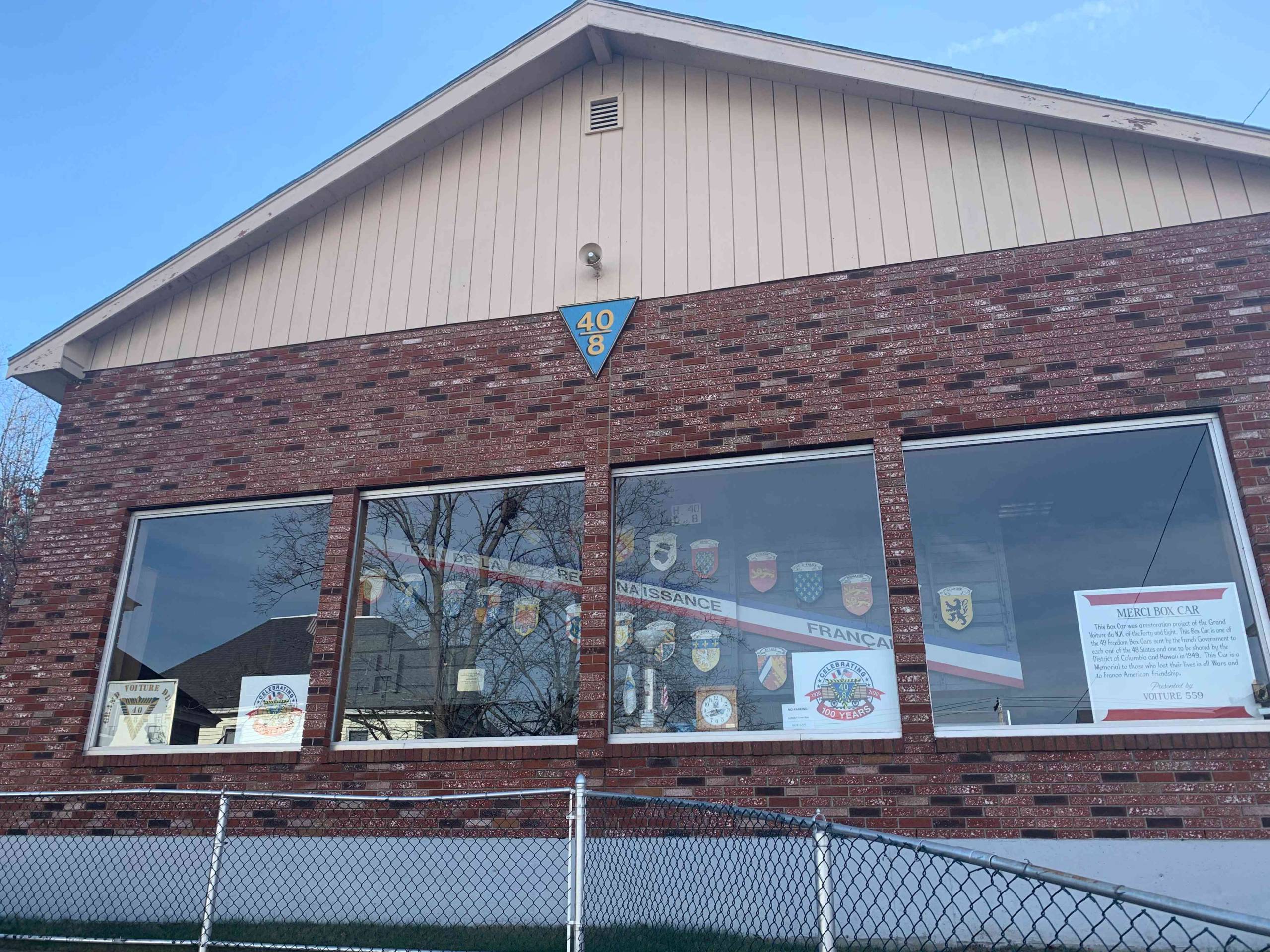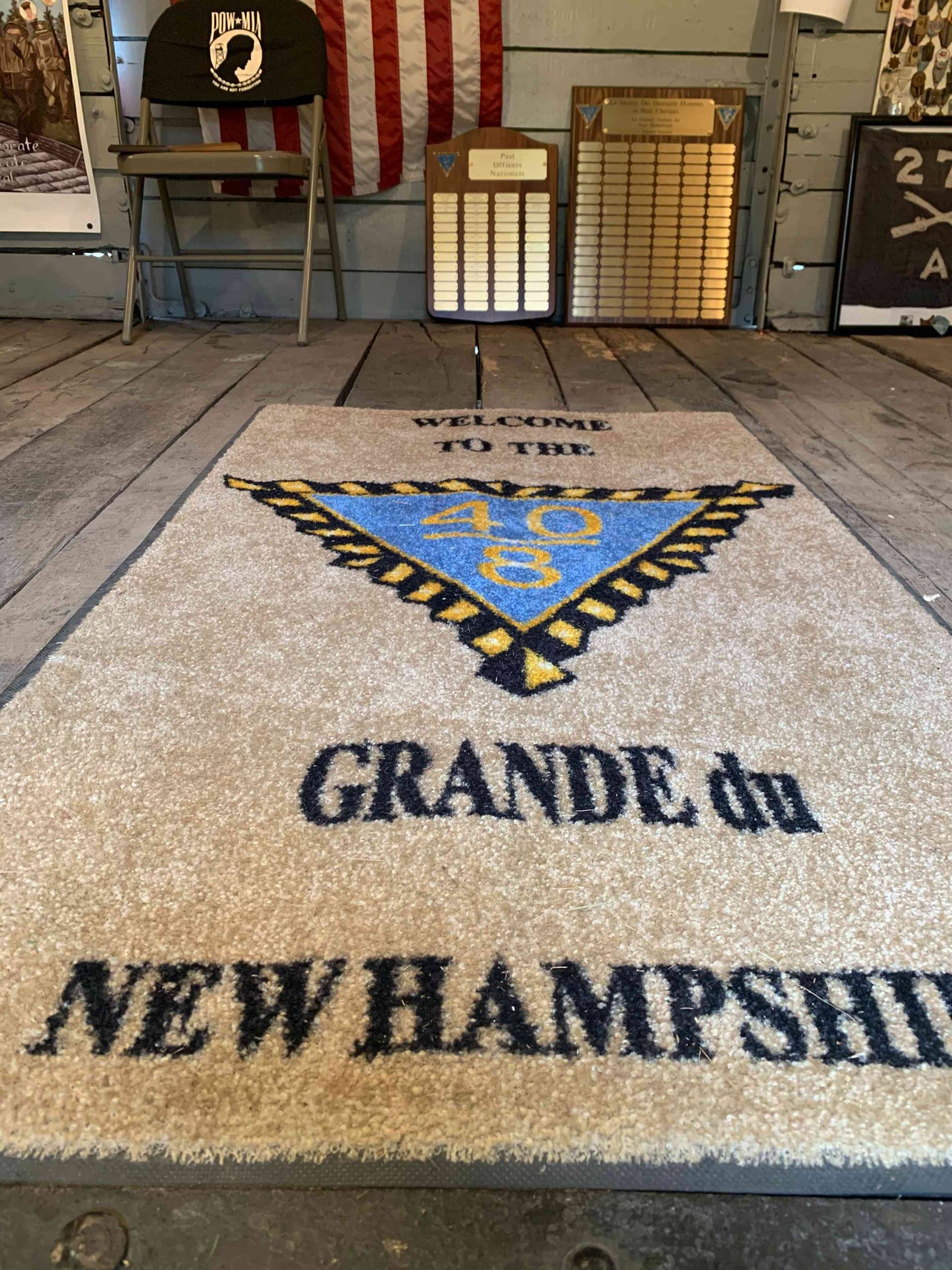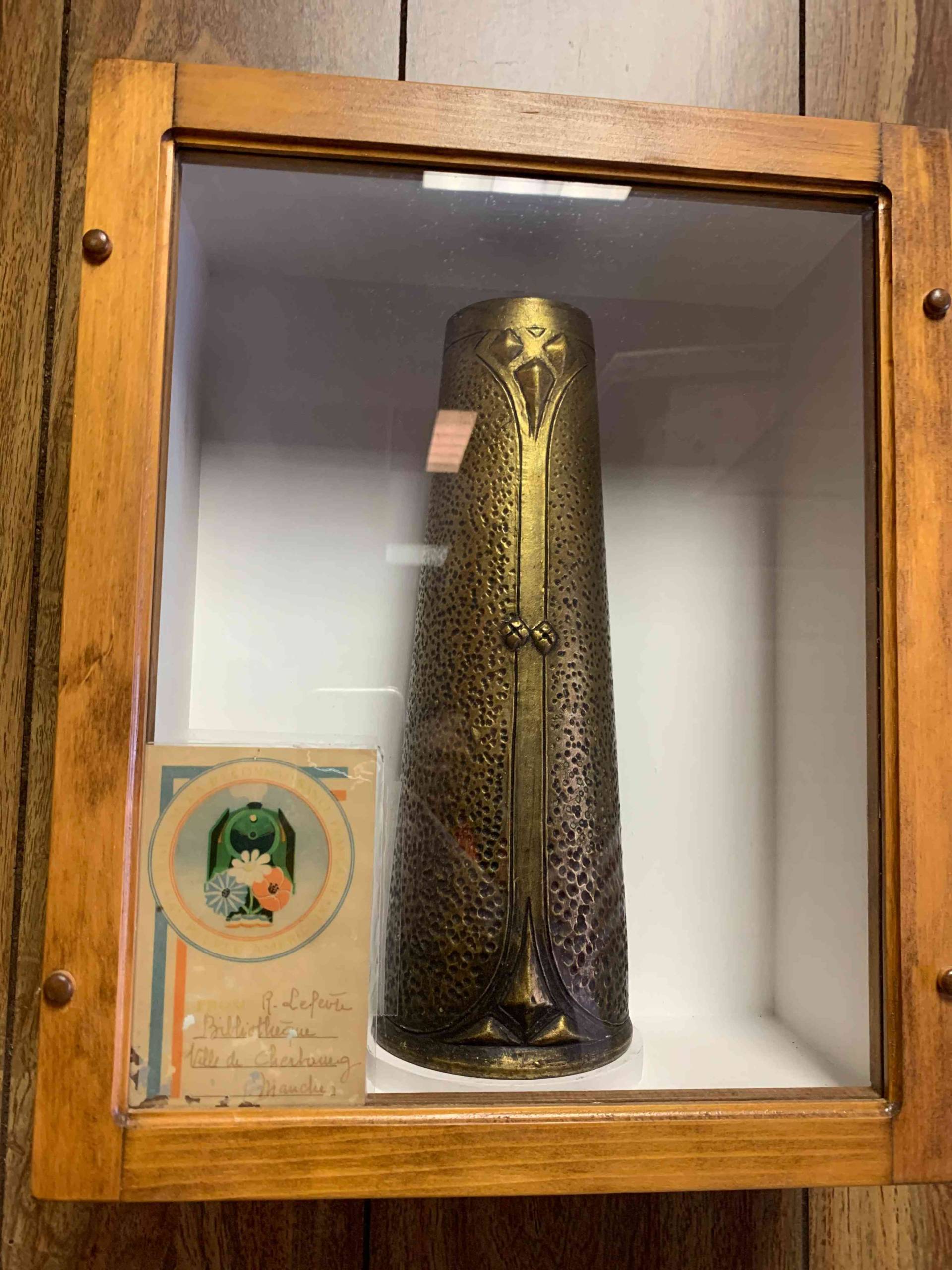
MANCHESTER, NH – 2020 marks the 75th anniversary to the end of WW II, having formerly resolved on September 2, 1945. To this day, WWII goes down as the bloodiest in history with the death toll at roughly 75 million as a result around the globe. As the years continue to pass, the remaining voices of those who fought, were persecuted, or survived are gradually becoming scarce. A few decades later, we will likely have no more first-hand witnesses to the atrocities that occurred during WWII. Rather, we will be left to the recorded accounts in our history books, museums, artifacts, and testimonials. And yet, the nation finds itself already forgetting about its own history with the war.
Here in Manchester, sitting at the end of the tiny, dead-end, Reed Street on the old West Side lies an example of our state’s “forgotten history.”
Positioned at 126 Reed St, just off of Bremer St, you’ll find a small, brick building with wide windows facing the road. This is the site of the New Hampshire Merci Train – one of 49 boxcars gifted to Americans by the people of France following WWII. This historical artifact is enclosed by the brick building, being sheltered against the harsh conditions of a New England winter. However, New Hampshire’s Merci Train site and its history goes mostly unadvertised, unseen, and as a result, vastly unknown by the local public.

During WWII, the United States donated enough food and supplies to account for about $40 million for the people of France and Italy. On February 3, 1949, the Merci Train, comprised of 49 “forty and eight” boxcars arrived in New York Harbor aboard the Magellan; a gift to express the gratitude of the French people for the aid provided by American citizens, along with the liberation of France. About 25,000 onlookers are said to have been present to welcome the ship that would carry France’s “Merci Train” to New York City. The boxcars arrived with artifacts, memorabilia, clothing, furniture, dolls, statues, among other gifts. The boxcar style has historically been called “the forty and eight” for their capacity which was believed to hold either 40 men or 8 horses. Each state ultimately received one boxcar, with Hawaii and Washington, D.C., to share the 49th (Alaska and Hawaii were not made States until 1959).
New Hampshire’s own boxcar finds itself in the care of Lionel Gregoire, a nearby resident with a deep familial connection to the military and a history of upkeep for the site since boyhood.
“My grandad had eight sons. Seven of them served during World War II. My mother had five sons. Four of them served from the Vietnam era all the way up to Operation Desert Storm. I have two sons and my youngest served in the Navy as well,” Gregoire said.

Gregoire unlocks the heavy padlock at the rear of the building, and ushers me inside for a close-up view of the boxcar. The boxcar appears small, almost claustrophobic in nature with a blue-slate-colored exterior, decorated with a series of coats of arms, all belonging to different communes and departments of France. Names like “Orleanais,” “Normandie,” and “Bordeaux” surround the train with vibrant crests of lions and the traditional fleur-de-lis symbol.
Gregoire went on to explain the history of the trains themselves, having actually been built and used during WWI, and ultimately stored up through the close of WWII.
“Everything is original except for a fresh coat of paint. Nothing has changed in here right down to the floorboards.”

Stepping onto the platform inside the boxcar, a bright blue doormat welcomes the visitor with a triangular emblem that displays the words “Welcome To The 40/8 Grande Du New Hampshire.” Aside from the nickname “forty and eight” being given for the boxcars’ capacity, Gregoire explains that the Forty and Eight is also a society, or a “spinoff” as he calls it, to the American Legion. Formally, the “Forty and Eight” is known as La Société des Quarante Hommes et Huit Chevaux or The Society of Forty Men and Eight Horses, and was founded in 1920 by American Legion member Joseph W. Breen.
The boxcar’s interior is adorned with photographs of local WWII Veterans. Caseloads of donated medals and plaques from members of the Forty and Eight are propped upright. Pamphlets, news stories dating back to the 1930s and paintings are on display in the corner of the boxcar on a small table.

When asked if the West Side was chosen in New Hampshire for its Franco-American history, Gregoire stated that the boxcar originally sat in Concord.
“In 1953, The President at the time of the Forty and Eight approached the committee that maintained the boxcar in Concord and requested to have it brought down [to Manchester]. And they agreed to let it come here because this piece of property was donated by the priest who owned the site,” Gregoire said.
Within the building that houses the Merci boxcar, artifacts line the walls adjacent from the car’s exterior. Notably, Gregoire points out the original horn which he states was found and encased to be displayed along with the original certificate that arrived with the train. Next to this, a framed hat, labeled as a “French Chapeau” that was worn by a member of the Forty and Eight. Most of the original statues, paintings, and artifacts that arrived from France are now believed to be housed at the Franco-American Centre and galleries at Saint Anselm College.

While the New Hampshire Merci Train can boast a record of not having been exposed to inclement weather since 1963, the same cannot be said for other state boxcars, unfortunately. According to the official website of the Merci Train, 43 of the 49 original boxcars remain. Massachusetts, Illinois, Nebraska, Connecticut, and New Jersey are known to have cars that were either lost, severely damaged or entirely destroyed.
Gregoire is proud to have spent his life maintaining the site of the Merci Train in Manchester on a volunteer basis. He stated that one of his most notable tours given was to a couple that were traveling by motorcycle around the nation to visit all remaining boxcars. Just as Gregoire volunteers to care for and educate others on the site, the public must also come together voluntarily to give remembrance and recognition to these little glimpses of history into the world’s darkest hour.
Members of the public who wish to tour the New Hampshire Merci Train Boxcar may contact Lionel Gregoire at (603) 622-8776 or lgregoire2@comcast.net. Please reference the Merci Train in all calls and emails.







